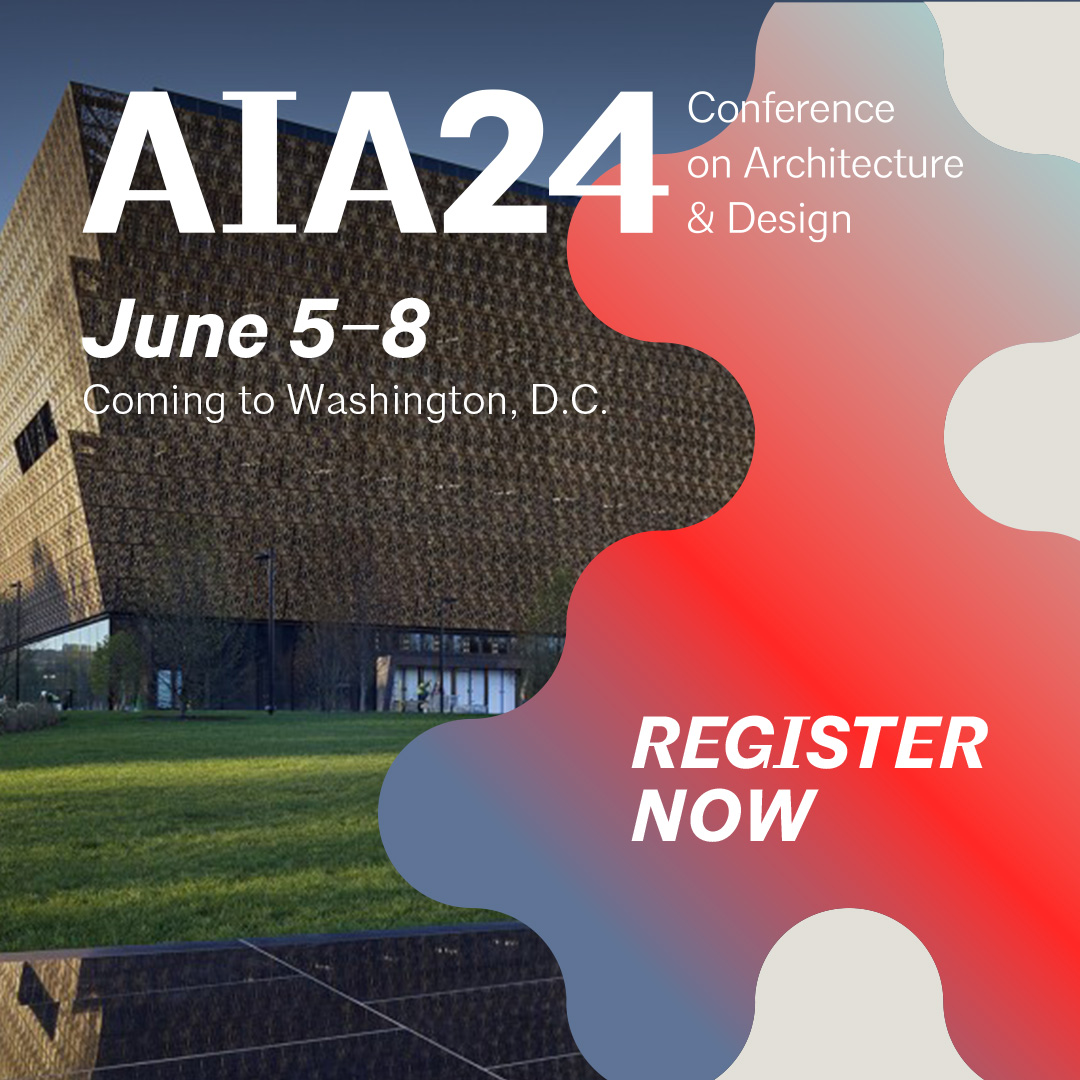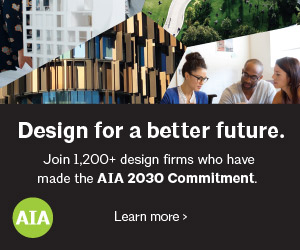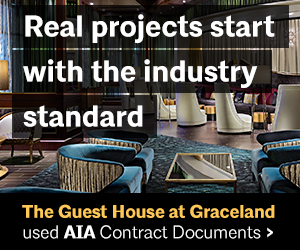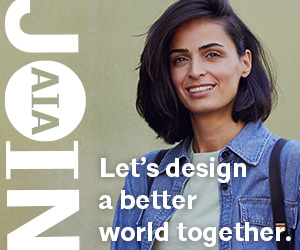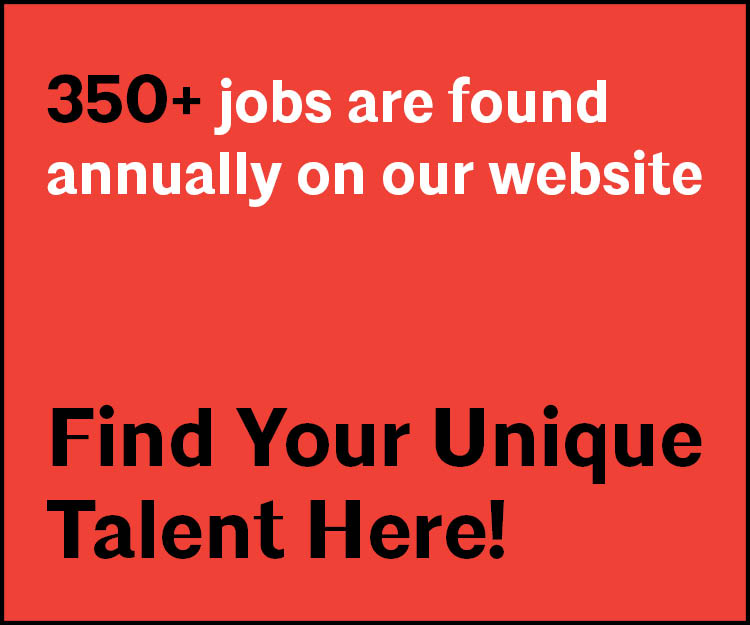I Am AIA:
Tom Marseille
ExpandAs Principal for Sazan Group in Seattle, Tom’s passion is to deliver creative high performance sustainable building solutions to clients that are practical, maintainable, healthy, resilient, future ready and resource-responsible. An author of numerous published papers, award winning engineering practitioner, LEED Fellow and frequent speaker, he strives always to bring servant leadership to his firm and the larger professional community.
What is the value of AIA to you?
The value to me personally stems first from the great opportunities I have had to serve the community I practice in through helping to develop and deliver educational content for AIA Seattle members and their partners such as the AIA+2030 Professional Series, and in more recent years for the Future Ready Buildings and Resilience Thinking forums. I somewhat jokingly say that one of my goals is to put myself out of a job by sharing the knowledge I have gained during my career to the larger community, and these have been an outlet for that. Last year I completed nearly 5 years of service sitting on the AIA Seattle Board, and I’ve valued that opportunity to collaborate on such a high functioning board with great staff supporting it. Helping AIA Seattle create their new strategic plan took time but was a labor of love, given the alignment I have to the mission, vision and values articulated within that plan.
What interested you about being on the AIA Seattle Board of Directors?
The opportunity to continue to foster strong relationships in the A/E/C community through collaborations outside “work” is one compelling reason. Also, part of my DNA is to provide ways I can leverage my experience and capabilities in service to my community, and this opportunity aligns well to that.
What relationships have you created in AIA Seattle?
Tons! Through my involvement over the years, and in particular as an AIA Seattle Board Member, I’ve been privileged to spend time with some of the best and brightest within the architectural profession and their allied partners. With new board members cycling in each year, new relationships are formed, and existing ones are deepened. And, all the jokes about architects and engineers (mostly) get left at the door!
Has your career taken you anywhere you didn’t expect?
Yes, many times. Perhaps most surprising was when I took a new position with Honeywell to help lead development of a new business venture. It involved a move to the Twin Cities, but the surprise was that Day 2 on the job I had to fly to Bangalore, India to meet with about 50 new and relatively inexperienced staff. Through the jet lag, the cultural/ physical sensory overload that is India for newcomers, and the major headache associated with trying to learn the vocabulary of company acronyms software development, I think I told my wife over the phone on Day 3 that I probably made a big mistake taking that job. Fortunately, I was able to embrace the changes and grow through what was a very challenging but ultimately rewarding, career-building tech start-up experience.
Where is the field of architecture, engineering or construction headed?
Are we ready for the future? Of course not, who can predict it? But we are actively talking (or should be) about what constitutes Future Ready or Smart Buildings and recognizing that AI/Big Data and disruptive technologies will be part of it, and really is already part of it. I speak a lot about a dualism, the concept of the emergence of “Occupant Aware Buildings” and how we need to intersect with it as hopefully, increasingly, “Building Aware Occupants.” There is something powerful in considering both as we embrace the future.
How do you explain what you do for a living?
I generally lead off with either “I am engineer and help lead a firm that designs all the systems that go into the building being designed by architects” or “I am a green building engineer” or (my personal favorite given raised eyebrows, as suggested by Jason McClennan) is “I am a comfort engineer.” The later is because we are the ones generally responsible for designing a hopefully great indoor environment within buildings. When people show interest beyond my opener, I keep talking, always watching carefully to see if-and-when their eyes glaze over as a sign to stop, because it is engineering after all (even if the practice is a lot more fun these days given the emphasis on more high performance, integrated building solutions).
